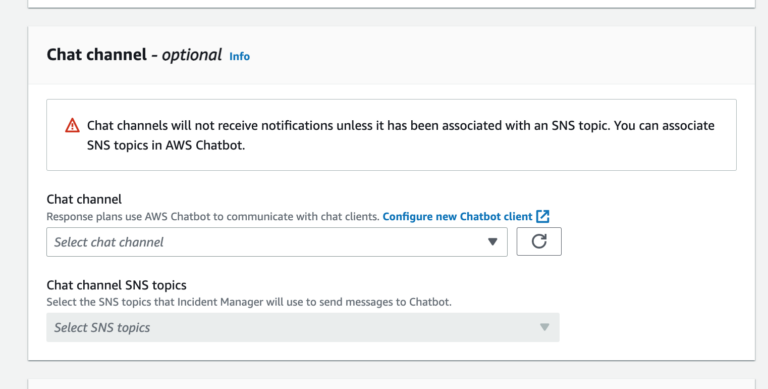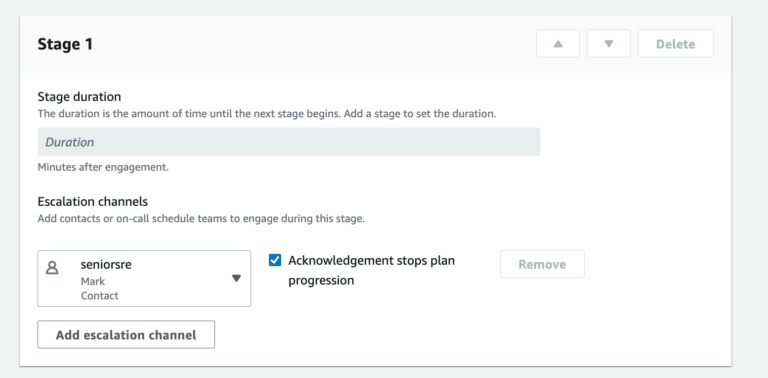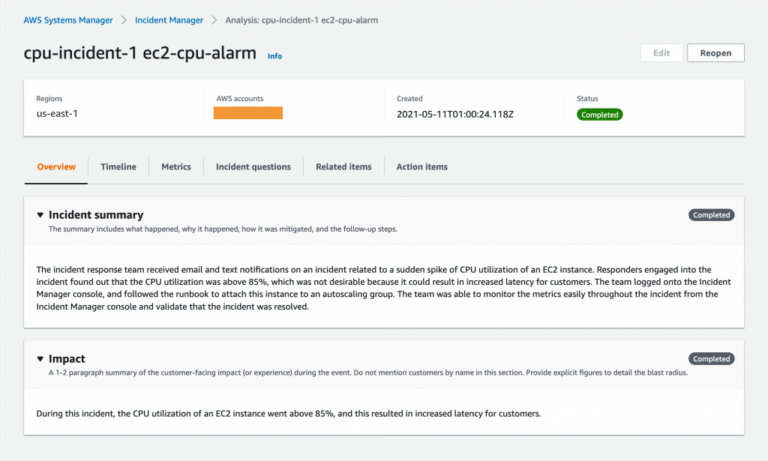The age of cloud has ushered in the ability to create an extensive, multi-service, complex infrastructure that has the potential to host several n-tier applications ranging from mammoth monoliths to distributed microservice solutions that rely on dozens of services, third-party dependencies and operations, all within hours, efficient incident management is crucial.
An organization without proper incident management in place can face negative consequences.
- Prolonged downtime due to extended outages disrupts critical operations, leading to lost revenue and productivity.
- Frequent and poorly handled incidents can tarnish an organization’s image, resulting in a decline in customer satisfaction and loyalty, hindered growth, and increased vulnerability to security breaches.
- Poor incident management can also expose an organization to legal and regulatory risks, it may fail to meet compliance requirements or appropriately document incident response activities, potentially resulting in fines or legal action.

One of the founding pillars of the Well-Architected Framework is Operational Excellence which dictates that anything created on AWS should have visibility, reliability and provide insight to the management of what is going wrong and report in case of error, issue, or potential downtime.
AWS launched the AWS Incident Manager, a managed AWS service designed to streamline and enhance your organization’s incident response process. With AWS Incident Manager, you can now automate and orchestrate your incident response workflows, enabling rapid detection, efficient communication, and swift resolution of incidents.
Incidents, Issues, and Downtime are part and parcel of any infrastructure. To put it in context, Google, probably the world’s best-run IT company (Incidentally the birthplace of the concept of Site Reliability Engineering) went down for 5 minutes in 2013 and took out 40% of the total global internet traffic with it.
AWS Incident Manager service works through the following steps:
Integration
AWS Incident Manager integrates with AWS monitoring and alerting services, such as Amazon CloudWatch and AWS Security Hub, to detect and receive alerts about potential incidents. It can also connect with third-party monitoring tools and collaboration platforms like PagerDuty, Slack, and Chime for seamless communication during incident response.

Incident creation
When an alert is received, AWS Incident Manager either automatically create a incident or allows users to create one manually.
An incident is a record of an event that requires a response to resolve or mitigate its impact. This provides visibility that an issue has occurred and prompts the relevant personnel to take action which we will get into next.
Response plan
Organizations can create automated and customized response plans in AWS Incident Manager to outline the necessary steps, actions, and notifications for specific types of incidents. Response plans are triggered when an incident is created, and they automate processes such as notifying stakeholders, assigning tasks, and creating resources.

Incident timeline
AWS Incident Manager maintains a detailed timeline of all incident-related events and actions. This provides a clear view of the incident’s progress, making it easier for teams to collaborate, track status, and make informed decisions.
This becomes handy in dissecting what went wrong. (we use an incident timeline from the AWS incident manager to get an accurate timestamp of the entire process in the Root Cause Analysis report to be sent out to all relevant stakeholders, which was previously a tedious and manual process).

Communication
The service supports communication between team members and stakeholders during an incident. It can integrate with collaboration tools like Slack and Chime, enabling real-time communication and updates on incident progress.
Post-incident analysis
After an incident is resolved, AWS Incident Manager helps organizations to conduct post-incident analysis. This includes generating reports, analyzing root causes, and identifying areas for improvement.
Organizations can enhance their systems and processes to prevent future occurrences by learning from incidents.
Continuous improvement
AWS Incident Manager tracks metrics and trends related to incidents, providing valuable insights for organizations to improve their incident response capabilities and overall system resilience.
In today’s competitive market, maintaining reliable services cannot be overstated. AWS Incident Manager is a sophisticated solution that offers the features, integration, and flexibility your organization needs to thrive. Embracing this powerful tool will not only help safeguard your reputation but also contribute to the ongoing success of your organization in an increasingly connected world.







